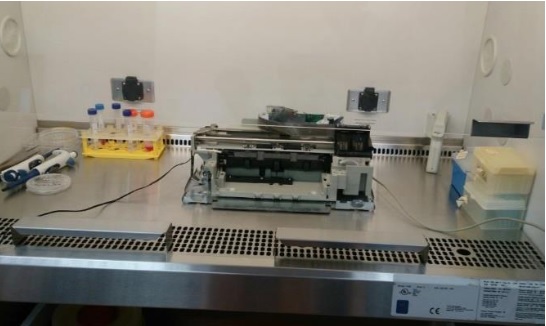Modification of the Traditional Inkjet Printer for Printing a Three-Dimensional (3D) Tissue Engineered Human Cell-Matrix System
DOI:
https://doi.org/10.47355/aset.v2i1.32Keywords:
Bioprinting, fabricated tissues, clogging nozzles, 3D printingAbstract
Bioprinting has grabbed attention in recent years. To study the behavior of living organisms on the basic level, bio-medical engineers have introduced bioprinting as a cheap and affordable method to construct and fabricate tissues using cells and positioning methods along with cell culture techniques. The applications such as the use of perfused three-dimensional (3D) human cardiac tissues for toxicological research, drug testing, and screening or personalized medicine. Moreover, it helps to develop in-vitro tissue test systems, with which one can explore basic cellular behaviors, disease progression, and treatment options. A standard thermal inkjet printer was modified to accomplish the bioprinting. Cell viability was determined. We made two types of printing 3D and 2D. The 3D printing is much closer and mimics the in vivo condition and allows more cells to be printed per unit space.















